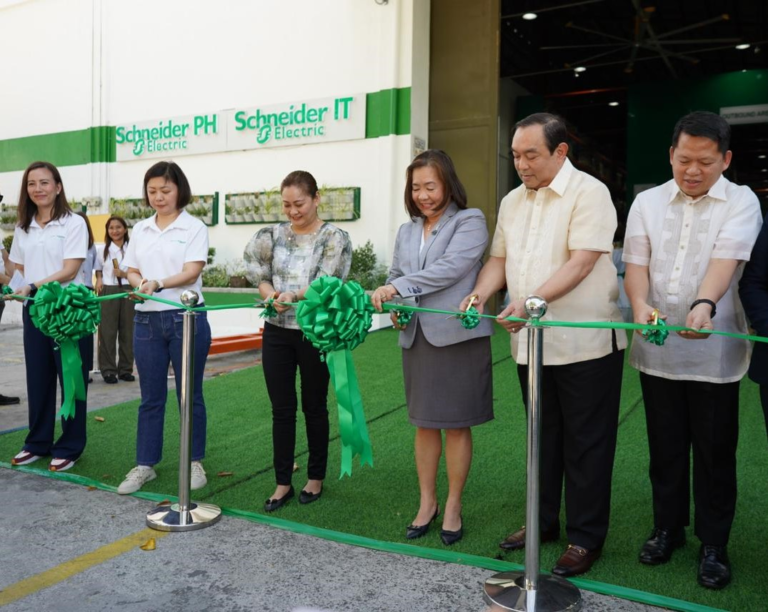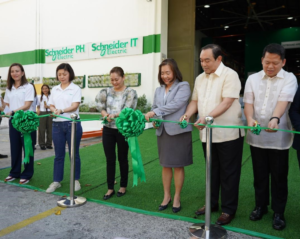Officials from the Department of Public Works and Highways (DPWH) along with representatives from the local government of Cavite conducted a site inspection of the ongoing P22-billion Cavite Industrial Area Flood Risk Management Project (CIAFRMP).
This is to verify that the project is being executed in accordance with the appropriate plans, designs, and structural integrity, ensuring its durability and integrity against corruption.
DPWH Senior Undersecretary Emil K. Sadain along with Noveleta, Cavite Mayor Davey Chua and Vice Mayor Dino Carlos Chua inspected the construction of the CIAFRMP, which focuses on the San Juan River and the major tributaries of Rio Grande and Ylang-Ylang River.
Sadain said the project’s Contract Package (CP)-1—which includes the San Juan Diversion Channel, 522-meter Maalimango Diversion Drainage I, and 370-meter Lower Maalimango Diversion II—has achieved a 27.21% overall completion rate.
The San Juan Diversion Channel, which is about 20 lanes in the context of a national road is designed to divert flood waters from the San Juan River and its tributaries, preventing overflow into low-lying residential and industrial areas and thereby protecting lives and properties from the increasing risks posed by rapid urbanization in Cavite.
Other components of the CIAFRMP include the 3.6-kilometer Rio Grande River Improvement under CP-2, which is currently 22.60% completed; the 2.6-kilometer Ylang-Ylang River Improvement under CP-3, now 33.89% completed; and the 1.1-kilometer Maalimango Creek Improvement along with the 1.9-kilometer Upper Maalimango Diversion Drainage II under CP-4, which are 54.98% complete.
The project is supported by a comprehensive resettlement and housing program under CP-5, now 95.81% complete to ensure that the affected families are relocated to safe, well-developed communities.
Mayor Chua said the completed flood control facilities have played a vital role in managing river water flow and has decreased flooding in the low-lying barangays.
CIAFRMP is funded under a loan agreement with the Japan International Cooperation Agency and is scheduled for full completion by 2029.





Leave a Comment